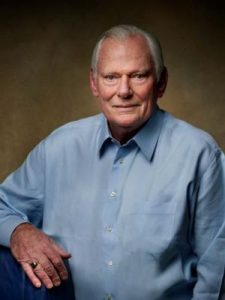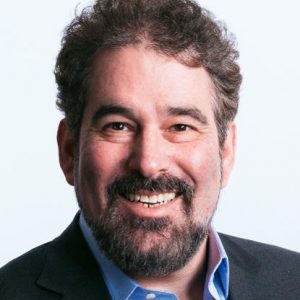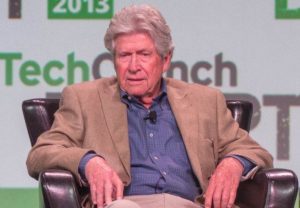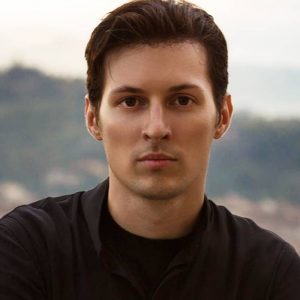Herb Kelleher : The Founder & Former CEO of Southwest Airlines
An aspiring journalist, who eventually became a lawyer and then a successful entrepreneur- Herb Kelleher, also wanted to live the lavish life that he had been seeing people living in his surrounding, and with the help of the right business plan and with the help of right people, he not only started one of the best airlines of America but also became one of the best CEOs of the country. Under his leadership, the airlines not only became the most preferred one by the consumers but was also voted Fortune magazine’s Best Place to Work in America
Early Life
Kelleher was born on 12 March 1931, to Harry Kelleher and Ruth Moore, in Camden, New Jersey. His father worked as the general manager at the Campbell’s Soup factory. He used to work at the same factory after school and also in the summer breaks, as a part-timer. He completed his high school education from Haddon Heights High School. He was a bright student and was also active in sports. He was in the Football team of the school and was a letterman in basketball and track. Later, he joined the Wesleyan University, to pursue a bachelor’s degree in English and Philosophy, in 1953. He was a member of Delta Kappa Epsilon fraternity at the university. Influenced by a Wesleyan trustee, he then went to study law at New York University as a Root-Tilden Scholar and earned a graduate degree in the same.

Career
In 1956, Kelleher started working as a clerk at the New Jersey Supreme Court. In 1959, he joined the Newark, New Jersey, firm of Lum, Biunno and Tompkins, where he practised law for two years. In 1961, he moved to Texas and became a partner in the law firm of Matthews, Nowlin, Macfarlane & Barrett.
Founding Southwest Airlines
While living in Texas, Kelleher got influenced by the lifestyle of the local people and started looking for something challenging that could help him be like one of them. He wanted to start his own law firm or any other business. In 1966, he joined the Texas businessman Rollin King as his outside counsel. One evening in a meeting with a client, an air charter service owner, in the St. Anthony’s Club in San Antonio, they sketched out a plan on a napkin.
King and his banker, John Parker wanted to launch an affordable airline between Dallas, Houston, and San Antonio. Kelleher joined hands with the two, and on 15 March 1967, with a seed money of $500,000, they launched the Southwest Airlines Co. Kelleher managed to buy a 1.8 per cent stake in the newly started airline company and was appointed as its first CEO. But due to some legalities, the airline kept from flying for a four-long year and had its first flight on 18 June 1971. The low prices of the flights, and other facilities like eliminating unnecessary services, made the airline an instant hit.
As the CEO of the company, Keheller brought a better working culture, making the employees work more passionately. In 1974, Southwest became the first airline to offer a profit-sharing plan, according to which employees owned 13 per cent of the company’s common stock. Southwest Airlines has constantly maintained its name in the top five Most Admired Corporations in America, in the Fortune magazine’s annual poll.
In 1982, Kelleher was assigned the post of the chairman and the president of the company, remaining on the position of the CEO. In 2003, the airlines had 33000 employees, and operated 2800 flights between 30 airports, with a total annual revenue of $6 billion and net profits of $442 million.
On 21 May 2008, Kelleher resigned as the chairman of Southwest Airlines.
Personal Life
Kelleher met his future wife, Joan Negley when he was in college and married her in 1955 when he was still studying law at the New York University. Fortune has also called him perhaps the best CEO in America. Kelleher was inducted into the Junior Achievement U.S. Business Hall of Fame in 2004. He was named the CEO of the Year from Chief Executive magazine in 1999 and also from the Fortune magazine in 2001. In 1990, the Financial World named him as the CEO of the Decade in the Airline Industry and was also named as the CEO of the Century by Texas Monthly in the same year.

Yashica is a Software Engineer turned Content Writer, who loves to write on social causes and expertise in writing technical stuff. She loves to watch movies and explore new places. She believes that you need to live once before you die. So experimenting with her life and career choices, she is trying to live her life to the fullest.



